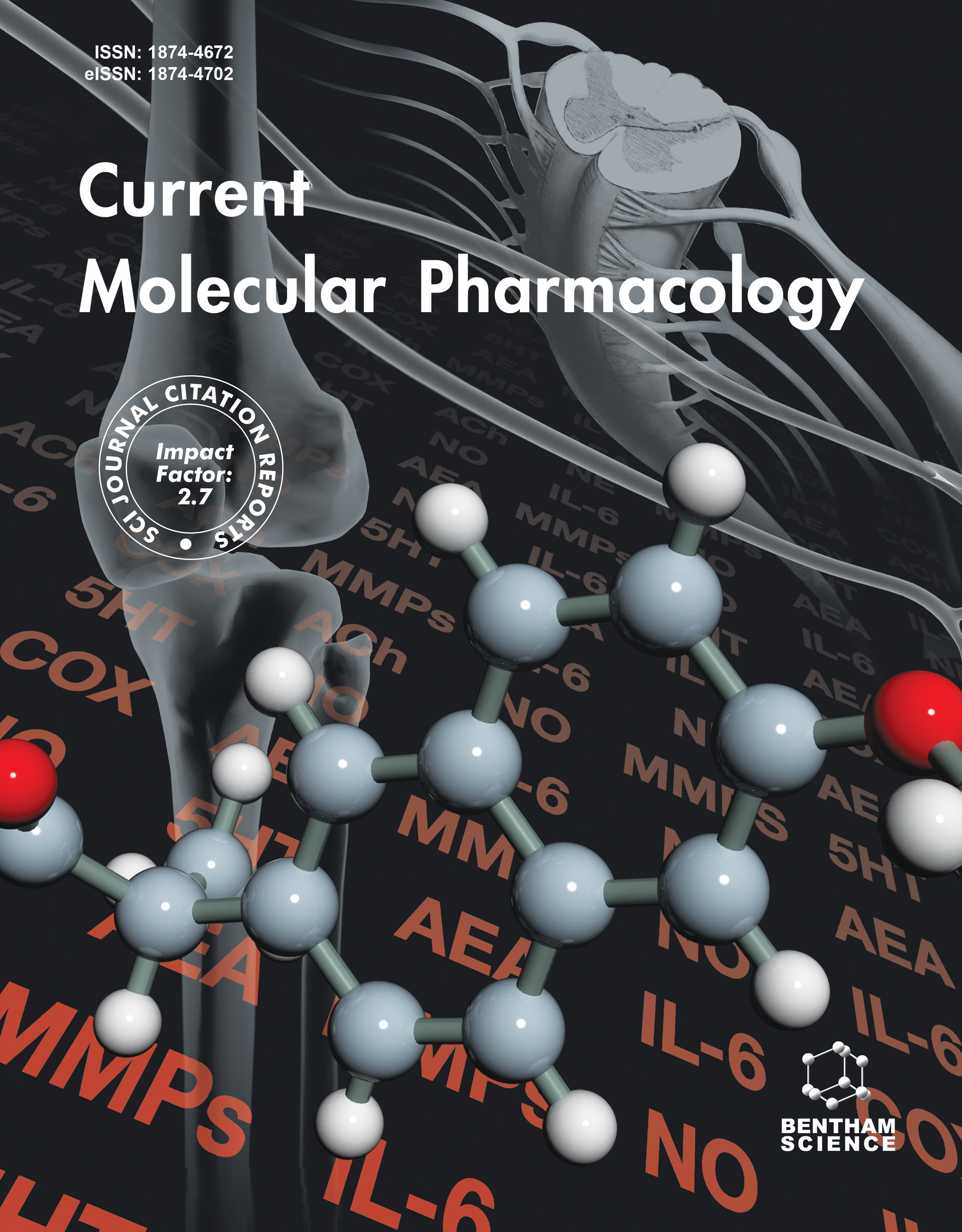-
s The Endocrine Disruptor Bisphenol A (BPA) Exerts a Wide Range of Effects in Carcinogenesis and Response to Therapy
- Source: Current Molecular Pharmacology, Volume 12, Issue 3, Aug 2019, p. 230 - 238
-
- 01 Aug 2019
Abstract
Background: Bisphenol A (BPA) is a synthetic plasticizer that is commonly used in the production of polycarbonate plastics and epoxy resins. Human exposure occurs when BPA migrates from food and beverage containers into the contents when heated or even under normal conditions of use. BPA exerts endocrine disruptor action due to its weak binding affinity for the estrogen receptors ERα and ERβ. BPA exerts other effects by activating the membrane receptor GPER (GPR30) and/or other receptors such as the estrogen-related receptors (ERRs). Objective: This review summarizes emerging data on BPA and cancer. These include data linking exposure to BPA with an increased risk of hormone-related cancers such as those of the ovary, breast, prostate, and even colon cancer. BPA can also induce resistance to various chemotherapeutics such as doxorubicin, cisplatin, and vinblastine in vitro. The development of chemoresistance to available therapeutics is an emerging significant aspect of BPA toxicity because it worsens the prognosis of many tumors. Conclusion: Recent findings support a causal role of BPA at low levels in the development of cancers and in dictating their response to cytotoxic therapy. Accurate knowledge and consideration of these issues would be highly beneficial to cancer prevention and management.


